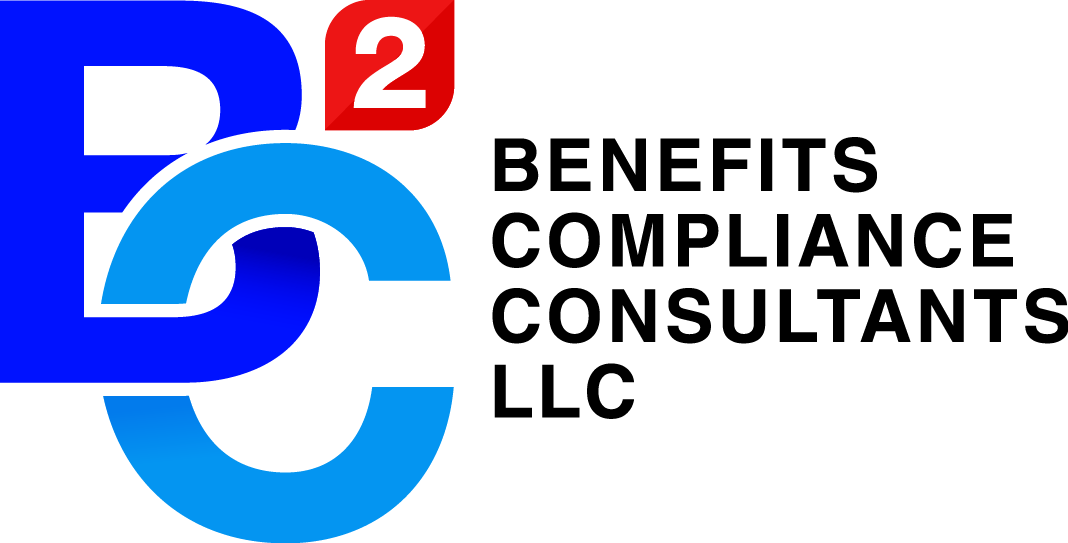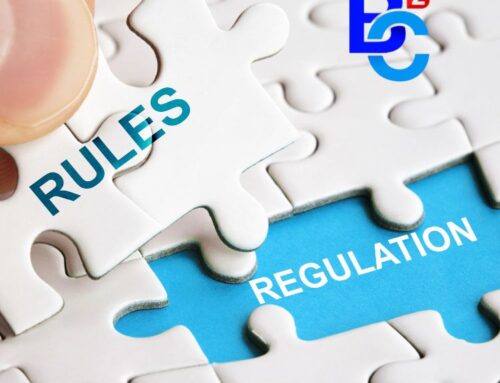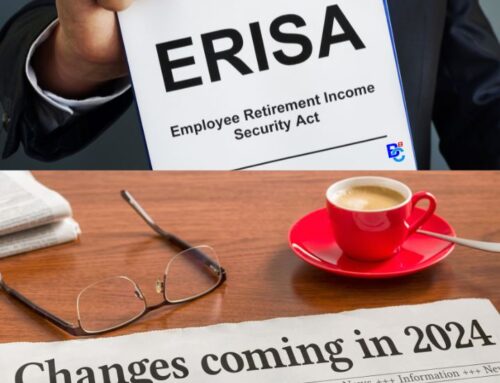
When managing a business with employee benefits, understanding the necessity of “Filing Your Business Form 5500” is crucial. This form ensures the government can verify that companies are properly managing their employee benefit plans. Although filing this form online might seem challenging, breaking it down can simplify the process.
The Importance of Electronic Filing
In today’s digital era, “Filing Your Business Form 5500” requires digital keys for secure online submission. Consider it akin to sending a secure email that can only be sent with a unique password.
Understanding PIN Relief
PIN Relief simplifies the online process for “Filing Your Business Form 5500,” acting like a fast pass through bureaucratic hurdles. If a client relationship ends or changes, ensuring they are prepared to manage their filings is crucial for maintaining compliance and accuracy.
Form 5500 Regulatory Oversight and Deadlines
The Department of Labor (DOL) has ramped up its monitoring efforts to ensure timely filings. The deadline for “Filing Your Business Form 5500” is seven months after the plan year ends, often leading to increased scrutiny for late submissions. For many plans, this bulk of filings is due by July 31st. Notably, there’s been a significant rise in late filings—highlighting the urgency of meeting deadlines.
Why Timeliness Matters in Form 5500 Filings
Failure to file or late filing can result from unawareness or misguidance, which can lead to severe penalties. The DOL is proactive in educating businesses and brokers to mitigate these issues. Receiving correspondence from an official like Scott C. Albert, Chief of the Division of Reporting Compliance, should prompt immediate action to correct filing issues.
Staying on Top of Your Filing Form 5500
“Filing Your Business Form 5500” is not just a regulatory requirement—it demonstrates your commitment to responsibly managing employee benefits. If you’re unsure about the filing process or your compliance status, seeking advice is advisable. There are ample resources and experts available to ensure you remain on track.
Making Form 5500 Filing Straightforward and Stress-Free
While “Filing Your Business Form 5500” may seem daunting, it doesn’t have to be. With the right tools and information, you can ensure your business adheres to legal requirements and adequately cares for its employees. Staying informed and seeking help when necessary are vital strategies for a smooth filing process.
Delinquency and Compliance Programs
The DOL offers the Delinquent Filer Voluntary Compliance Program (DFVC) for businesses that have missed the filing deadline. This program allows plan administrators who have not filed on time to avoid hefty fines by submitting late returns with a smaller predetermined penalty.
Understanding Participant Counts
When filling out Form 5500, it’s important to count participants accurately. This count should include all current employees covered under the plan and may also need to include retirees or separated employees receiving benefits. Ensuring accurate participant counts from HR records or benefits census data for plans with various benefits under different contracts is essential.
Detailed Reporting Requirements for Form 5500
Each ERISA welfare plan that covers 100 or more employees on the first day of the plan year must file Form 5500 for that year. This rule applies regardless of whether the plan is insured, self-funded, or a combination of both, and irrespective of whether the employer or employees partially or fully pay it. Notably, funded plans with trust-holding plan assets must file Form 5500, no matter the number of covered employees.
The reporting requirements and the disclosure obligations outlined in the Plan Documents are closely linked, as they share many similar details. Essentially, the Plan Document will guide how the plan should report on Form 5500. Our services can help you simplify and coordinate all your client’s ERISA requirements, making your team the go-to ERISA experts.

Frequently Asked Questions about Form 5500 Filings (FAQs)
Q: Why do I need to file Form 5500?
A: Filing Form 5500 is necessary to comply with federal regulations that ensure transparency and proper management of employee benefits plans.
Q: What happens if I don’t file Form 5500 on time?
A: The DOL offers the Delinquent Filer Voluntary Compliance Program (DFVC) for late filings. Under this program, eligible plan administrators can avoid large civil penalties—up to $30,000 per year—by voluntarily filing the late Form 5500 and paying a smaller predetermined penalty. Generally, it is $2,000 per year, capped at $4,000 per plan for multiple-year delinquencies.
Q: Who gets counted when determining the number of participants for Form 5500?
A: The count includes all “participants,” meaning any individuals currently employed and covered by the plan, as well as those who are retired or separated from employment and are receiving benefits. Dependents and spouses are not counted as “participants” for Form 5500 filings. It’s often advisable to include all employees, as some may be covered under blanket benefit contracts such as basic life, employee assistance programs (EAP), short-term disability (STD), and business travel accident (BTA) insurance.
Q: What if only some benefits have 100 participants and all others have fewer than 100?
A: The 100-participant filing exemption applies only to an entire plan with fewer than 100 participants. If the plan is subject to filing, then Schedule A information should be included even if the particular contract covered fewer than 100 participants.
Filing your business Form 5500 correctly and on time meets legal obligations and reflects your commitment to good governance and employee welfare. Remember, the key to compliance is staying informed and proactive in managing your ERISA requirements. Need help? Contact us!





